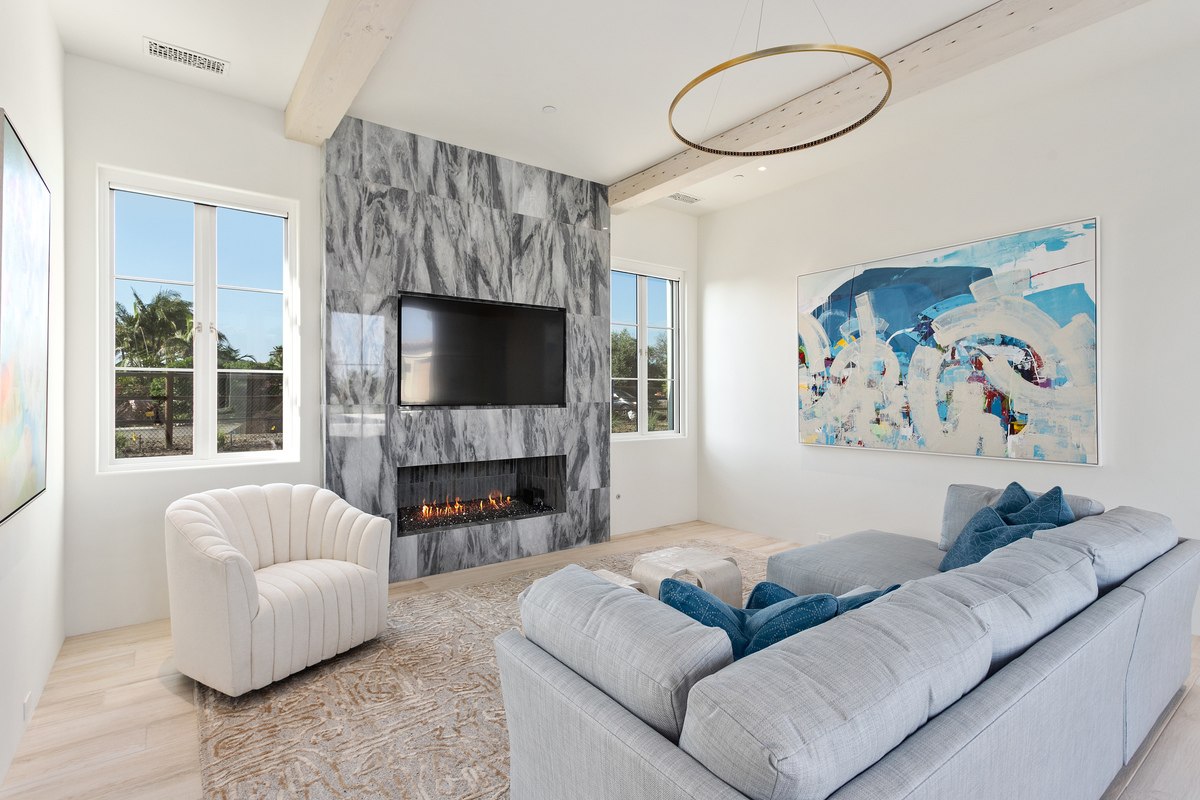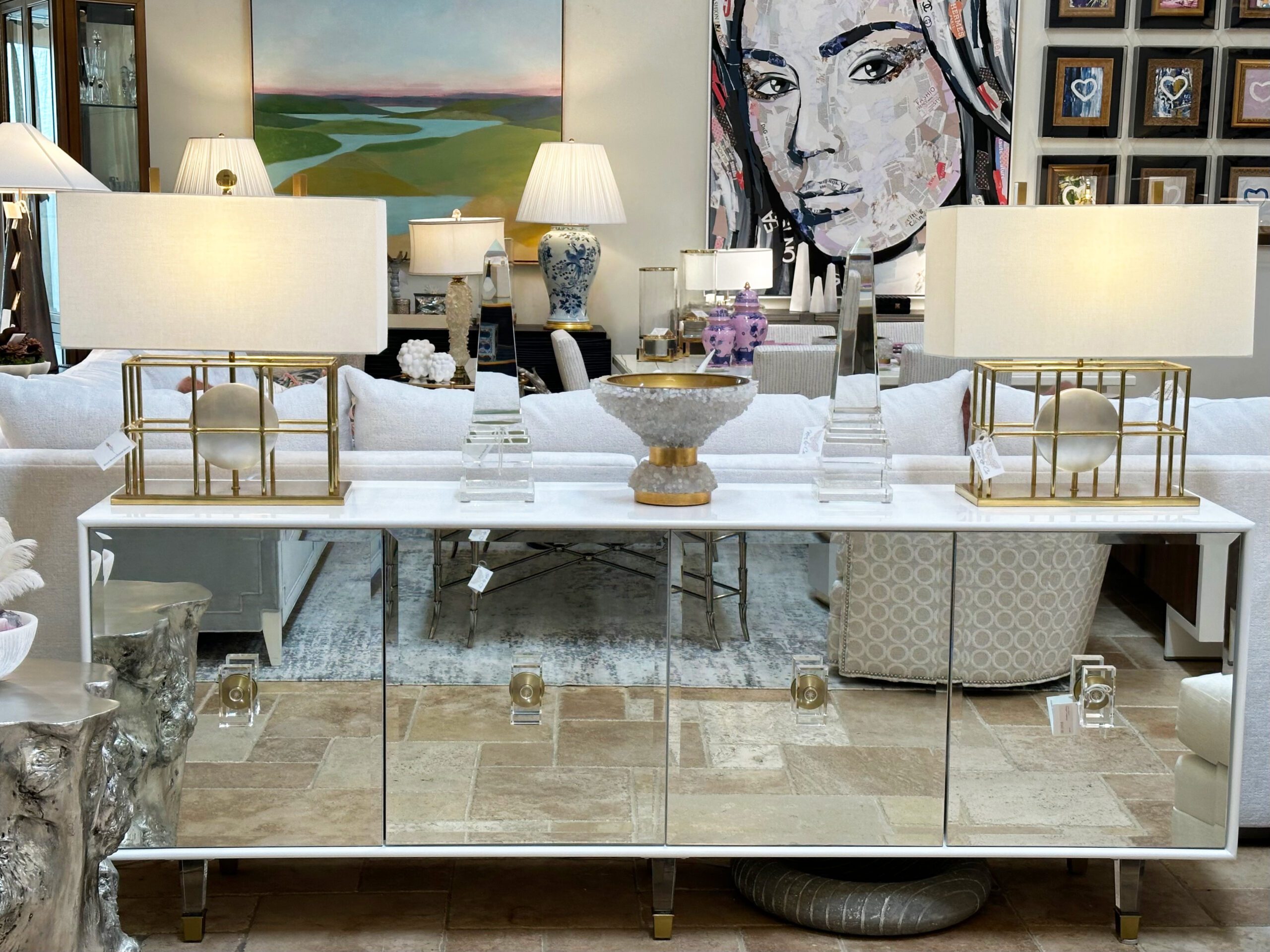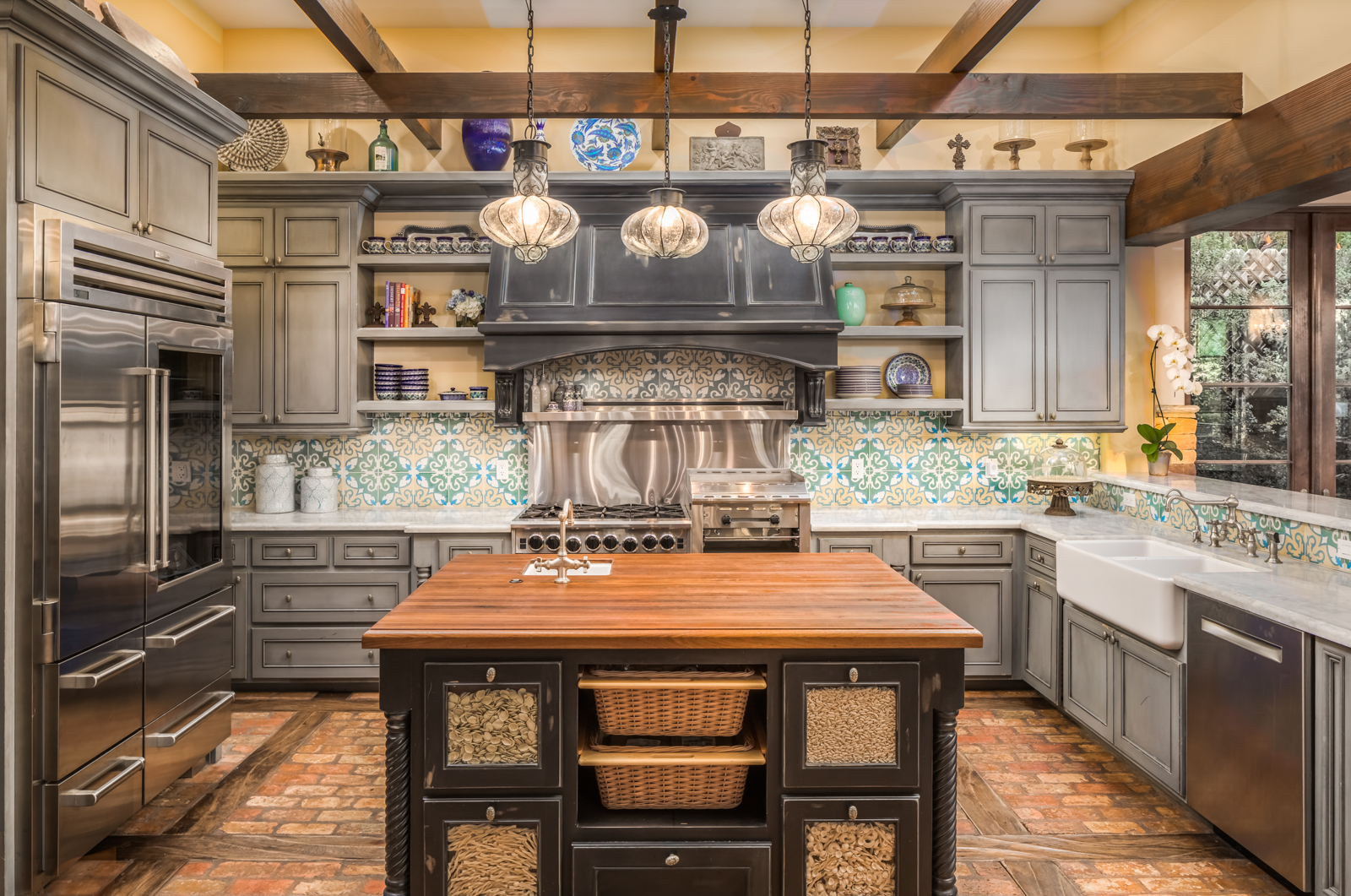Why Cohesion Matters in Luxury Interiors
Cohesion is the silent language of high-end interiors. It communicates order, purpose, and polish. A unified home doesn’t necessarily mean repetition—it means clarity in choices, consistency in mood, and a sense of movement that feels natural and immersive.
More than style, cohesion is an emotional experience. It grounds the resident and impresses the guest. The difference between a house that feels pieced together and one that feels deliberately crafted is often cohesion—achieved not through uniformity, but through harmony.
Choosing the Right Design Theme for Your Lifestyle
Start with Purpose and Personality
Effective themes reflect how you live, not just how you want to be seen. Design choices should echo your daily rhythms—whether you’re an entertainer, a homebody, or both. Consider long-term needs and emotional cues tied to certain styles: minimalist calm, coastal breeziness, or classic formality. Your theme should feel like home, not just a trend.
Identifying a Design Throughline
A throughline is the narrative thread running through your interior story. It could stem from architectural features, travel memories, or a specific art movement. This guiding concept helps maintain consistency across rooms while allowing variation. It is what keeps eclectic homes from feeling chaotic and modern ones from becoming sterile.
Theme vs. Trend
Trends are fleeting—themes endure. Your home’s theme should be able to absorb and adapt to changing influences without losing its identity. A classic Parisian theme might incorporate contemporary lighting; a Japandi space might update with new ceramics. Themes offer structure, while trends add seasonal personality.
The Three Pillars of Cohesive Design: Color, Texture & Repetition
Establishing a Cohesive Color Palette
Begin with two to three primary hues that reflect your theme, then build with nuanced neutrals. Maintain these tones across rooms, adjusting saturation and balance as needed. Color isn’t static—it guides emotional energy. A terracotta accent may bring warmth in one room and grounding in another.
Textural Continuity Across Materials
Textures create emotional depth. Blend raw with refined—like rough oak paired with polished brass. Keep metal finishes consistent across hardware. Select wood tones with shared undertones. Even when using a neutral palette, texture keeps the design tactile and alive.
Strategic Repetition for Visual Logic
Echoing motifs like arches, geometric lines, or fluting across spaces creates rhythm. Repetition may come in the form of trim profiles, textile patterns, or hardware shapes. The goal is not duplication, but resonance—design elements that subtly remind you that each room belongs to the same narrative.
Transitioning Between Spaces with Grace
Creating Seamless Room-to-Room Flow
Cohesion thrives on transitions. Move from one dominant hue to a supporting shade in the next room. Unify flooring when possible, or use subtle thresholds like inlays. Sightlines should highlight focal pieces and conceal utilitarian ones.
Visual Bridges in Hallways and Connectors
These often-overlooked spaces offer design continuity. Use consistent lighting styles, aligned wall treatments, and art that echoes your palette or shapes. A hallway can link more than rooms—it can bridge moods. Even subtle design echoes like baseboard height or repeated sconces add to the overall flow.
Open-Concept Homes: Defining Without Dividing
Zoning is key. Rugs delineate spaces. Pendant lighting above an island can distinguish the kitchen from the living area. Use vertical elements like shelving or half-walls to suggest separation while maintaining flow. The goal is layered openness, not a void.
Blending Styles Without Losing Cohesion
The Art of Curated Contrast
Combining styles adds dimension—but only with discipline. Unify via material or silhouette. A vintage wooden bench can coexist with modern lighting if both share minimalist lines or warm tones. Create contrast with intention, not whim.
Avoiding Common Pitfalls
Eclectic doesn’t mean erratic. Avoid crowding too many focal points or combining undertones that clash. Each room can have personality, but not at the expense of coherence. Think of your home as an ensemble—not a solo performance.
Anchoring Mixed Styles with a Strong Base
Unified architectural elements—trim, baseboards, flooring—act as the canvas. Establish the lead style, then introduce complementary accents. Cool-toned modernism with antique warmth, or organic minimalism with global detail, as long as hierarchy is respected.
Designing for the Senses: Cohesion Beyond Sight
Lighting Consistency for Mood and Function
Use similar temperature bulbs and cohesive fixture finishes. Layer light: ambient, task, and accent. Dimmable controls allow mood shifts without disrupting continuity. Consistency in lighting reinforces the overall sensory harmony of the home.
Scent, Sound & Touch: Invisible Harmonizers
Consider scent diffusers with signature blends in various rooms. Soft cabinetry, tactile textiles, and acoustically aware layouts reduce dissonance. Integrate familiar scents in entryways or private spaces to strengthen memory and mood. A cohesive home feels good—even when you’re not looking.
Incorporating Personal Collections and Heirlooms
Honoring History Through Design
Personal items tell your story—but they must be integrated with care. Use heirlooms as focal points and surround them with design elements that complement their era, material, or tone. Consistent framing, curated placement, and thoughtful lighting can make even disparate pieces feel intentional. Rather than standing apart, they become punctuation marks in your visual narrative.
Balancing Sentiment with Style
Blend vintage or personal artifacts with contemporary surroundings by anchoring them in cohesive palettes or repeated textures. A family china cabinet, for example, feels more at home when nearby millwork echoes its wood tone or detailing. Thoughtful integration ensures sentiment enhances design—rather than overpowering it.
Working with a Designer to Build Cohesion
How Professionals Curate a Unified Vision
Designers translate abstract concepts into structured palettes, elevations, and moodboards. They anticipate how each choice will age, perform, and connect. With tools like digital models and material boards, the path to cohesion becomes visual and practical.
Aligning Cohesion with Investment and Longevity
Budgeting for cohesion means investing where permanence matters: flooring, built-ins, primary lighting. Temporary elements like accessories can shift with seasons. Designers help distinguish trend-driven impulses from timeless anchors.
Creating a Home That Feels Whole
Cohesion doesn’t require monotony—it requires meaning. Every room becomes a verse in the same story. The transitions feel natural. The themes, whether subtle or bold, always feel intentional.
A cohesive home is not just a well-designed home—it’s a well-lived one. When design supports how you live and evokes how you want to feel, it becomes more than style. It becomes a sanctuary.
Let Kern & Co. help you define a theme that reflects your life with clarity, elegance, and flow. Schedule a consultation today to begin your journey.
Frequently Asked Questions
How do I choose an interior design theme?
Start with your lifestyle and aesthetic preferences, then select a theme that reflects how you want your home to feel and function. A clear theme helps maintain cohesion across multiple rooms. It also simplifies decisions by providing a design compass as your home evolves.
Can I mix styles without making it look disjointed?
Yes—by identifying common threads like color, texture, or form, you can blend styles in a way that feels curated, not chaotic. Maintaining a strong foundation and visual logic prevents stylistic clashes. Cohesion lies in the details that echo throughout each space.
What are the best tips for cohesive home design?
Stick to a defined palette, repeat key materials, ensure transitions are smooth, and use design elements that speak the same visual language. Cohesion doesn’t mean repetition—it means resonance. Intentionality is what binds the whole home together.



